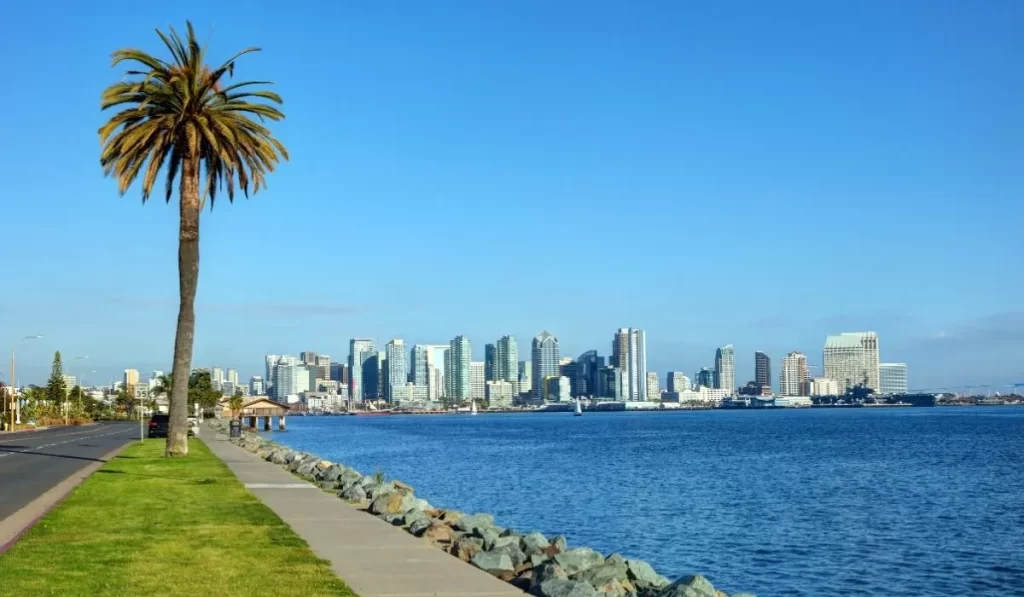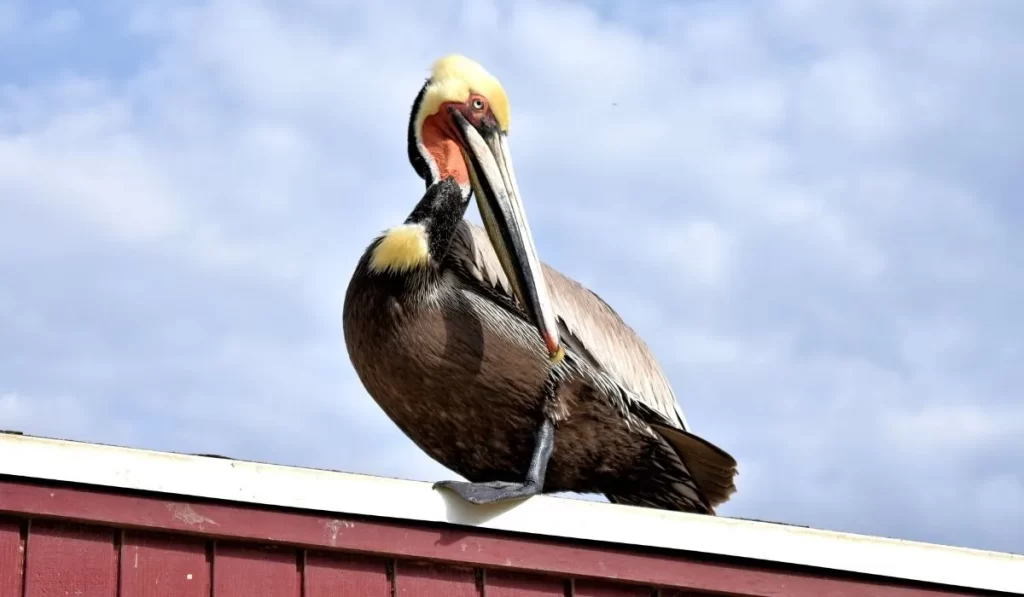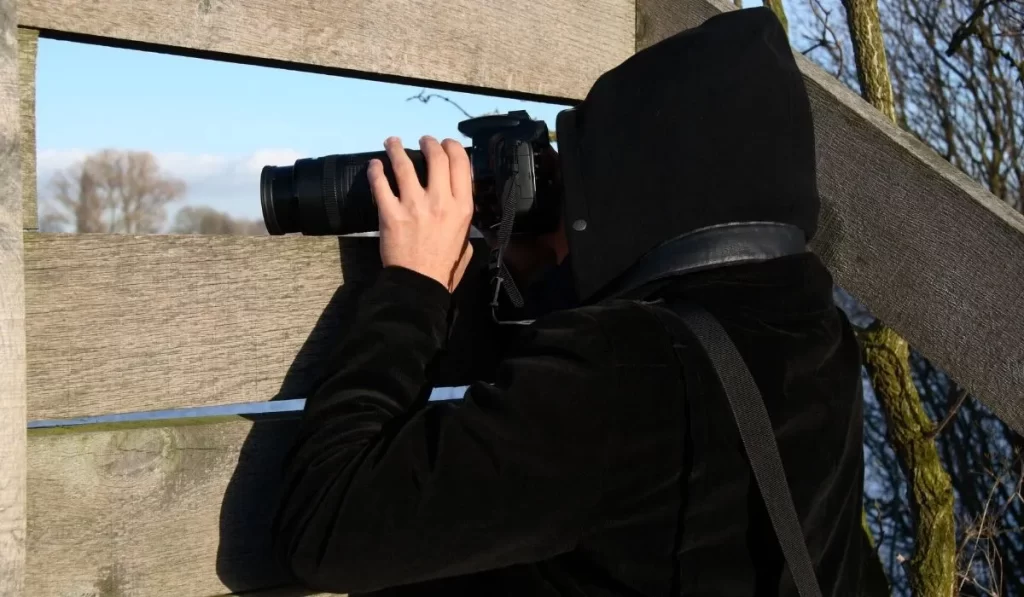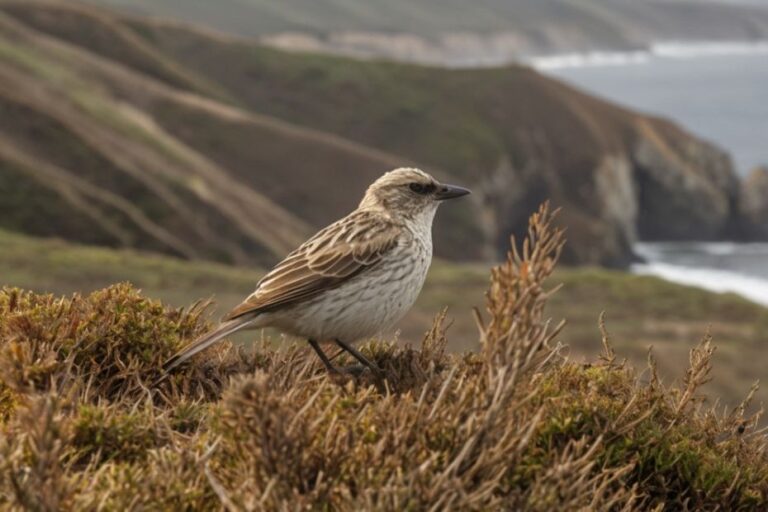What Birds Are in San Diego? Birds You Can’t Miss
In San Diego it is home to a diverse range of bird species. The California Least Tern, a small, endangered seabird, can often be spotted near beaches. The vibrant Western Bluebird is common in open woodlands, while the small American Kestrel hunts in open fields. Near wetlands and lakes, you might see the large Great Blue Heron.
Table of Contents
Introduction to San Diego

San Diego, with its diverse habitats ranging from coastal shorelines to inland mountains, is a paradise for birdwatchers. This Southern California city is home to an impressive array of bird species, making it a prime destination for ornithologists and nature enthusiasts alike.
This blog will explore the variety of bird species found in San Diego, highlighting the most notable birds, their habitats, and the best spots for birdwatching in the region.
We will delve into the seasonal migrations, conservation efforts, and tips for aspiring birdwatchers to fully appreciate the avian diversity of San Diego.
The Rich Avian Diversity of San Diego

Coastal Birds
California Brown Pelican
The California Brown Pelican is one of the most iconic coastal birds in San Diego. Recognizable by their large size, long bill, and distinctive pouch, these birds are often seen gliding gracefully over the ocean or perched on rocks and piers. They are adept at plunge-diving, a technique they use to catch fish by diving from the air into the water.
Western Gull
Another common sight along the coast, the Western Gull, is a large white-headed gull with a distinctive gray back and wings. These birds are opportunistic feeders, often scavenging near beaches and coastal towns. Their loud calls and sociable behavior make them a prominent feature of San Diego’s shoreline.
Black Oystercatcher
The Black Oystercatcher is a striking bird with its black plumage, bright red bill, and pink legs. Found along rocky coastlines, these birds use their strong bills to pry open shellfish. Their loud, whistling calls are often heard over the crashing waves, making them a unique presence along the shore.
Inland and Mountain Birds
Red-tailed Hawk
The Red-tailed Hawk is a common raptor found throughout San Diego. These majestic birds of prey are often seen soaring high in the sky, their broad wings and reddish-brown tails distinguishing them from other hawks. They are versatile hunters, preying on small mammals, birds, and reptiles.
California Quail
The California Quail, the state bird of California, is a plump, ground-dwelling bird with a distinctive forward-drooping plume on its head. These birds are often seen in chaparral, woodlands, and suburban areas, where they feed on seeds and insects. Their soft, distinctive calls and sociable nature make them a delight for birdwatchers.
Mountain Bluebird
In the higher elevations and mountainous regions of San Diego, the Mountain Bluebird stands out with its vibrant blue plumage. These small, insectivorous birds are often seen perched on shrubs and fence posts, scanning the ground for prey. Their striking color and cheerful song add to the charm of San Diego’s mountainous landscapes.
Wetland Birds
Great Blue Heron
The Great Blue Heron is a large wading bird commonly found in San Diego’s wetlands, estuaries, and along the coastline. With its long legs, neck, and sharp bill, this bird is an expert at hunting fish and amphibians in shallow waters. Their slow, deliberate movements and striking appearance make them a favorite among birdwatchers.
American Avocet
The American Avocet is a distinctive wading bird with long, thin legs and an upward-curving bill. These birds are often seen foraging in shallow waters of San Diego’s salt marshes and mudflats, using their bills to sweep through the water for insects and small crustaceans. Their striking black-and-white plumage and graceful movements are a joy to observe.
Ridgway’s Rail
Ridgway’s Rail, formerly known as the California Clapper Rail, is an endangered bird species found in the salt marshes of San Diego Bay. These secretive birds are characterized by their long legs, slightly curved bill, and mottled brown and gray plumage. Conservation efforts are ongoing to protect their habitats and ensure their survival.
Birdwatching Hotspots in San Diego

Torrey Pines State Natural Reserve
Torrey Pines State Natural Reserve is a coastal park known for its unique flora and stunning ocean views. The reserve is also a haven for birdwatchers, with species like the California Towhee, Anna’s Hummingbird, and various warblers frequently spotted along the trails. The mix of coastal sage scrub, chaparral, and pine forests provides diverse habitats for a variety of birds.
Cabrillo National Monument
Located at the southern tip of the Point Loma Peninsula, Cabrillo National Monument offers panoramic views of the Pacific Ocean and San Diego Bay. The coastal scrub and rocky intertidal zones attract a wide range of birds, including the Peregrine Falcon, Western Bluebird, and numerous seabirds. The monument is also a great spot for observing migratory birds during the spring and fall seasons.
San Diego River Estuary
The San Diego River Estuary, located near Mission Bay, is a rich habitat for waterfowl, shorebirds, and waders. The estuary’s tidal flats, salt marshes, and mudflats provide excellent feeding grounds for species like the Snowy Egret, Black-bellied Plover, and Willet.
The nearby trails and observation points make it easy for birdwatchers to explore and enjoy the diverse avian life.
Balboa Park
Balboa Park, a cultural and recreational oasis in the heart of San Diego, is also a great place for birdwatching. The park’s gardens, woodlands, and ponds attract a variety of birds, from the colorful Western Tanager to the elusive Cooper’s Hawk.
Birdwatchers can explore the park’s numerous trails and gardens to discover a wealth of bird species in a serene setting.
Anza-Borrego Desert State Park
For those willing to venture further afield, Anza-Borrego Desert State Park offers a unique birdwatching experience. The desert environment supports species like the Greater Roadrunner, Cactus Wren, and Phainopepla. The park’s diverse habitats, including desert washes, canyons, and palm oases, provide a fascinating backdrop for observing desert-adapted birds.
Seasonal Migrations and Birding Events
Spring Migration
Spring is a particularly exciting time for birdwatching in San Diego, as many migratory species pass through the area. Warblers, flycatchers, and swallows are among the many birds that can be seen during this season. Birdwatchers often flock to hotspots like the Tijuana River Valley Regional Park and the San Diego National Wildlife Refuge to witness the spectacle of spring migration.
Fall Migration
Fall migration is another prime time for birdwatching in San Diego. Shorebirds, raptors, and songbirds make their way south, stopping in San Diego’s rich habitats to rest and refuel. The Bird Festival at Cabrillo National Monument, held annually in September, celebrates this migration with guided walks, educational programs, and birdwatching tours.
Christmas Bird Count
The Christmas Bird Count, organized by the Audubon Society, is a long-standing tradition in San Diego. Held every December, this event brings together birdwatchers of all skill levels to conduct a comprehensive census of the bird populations in the area.
The data collected helps scientists track bird population trends and contributes to conservation efforts.
Conservation Efforts and Challenges
Habitat Preservation
San Diego’s diverse bird populations rely on the preservation of their natural habitats. Efforts to protect wetlands, coastal areas, and chaparral habitats are crucial for maintaining the avian diversity of the region. Organizations like the San Diego Audubon Society and the California Department of Fish and Wildlife work tirelessly to conserve these vital habitats.
Threats to Bird Populations
Despite ongoing conservation efforts, San Diego’s bird populations face several threats. Urban development, pollution, and climate change pose significant challenges to their survival. Habitat fragmentation and loss reduce the available space for birds to live and breed, while pollution can contaminate their food sources and nesting areas.
Community Involvement
Community involvement is essential for successful bird conservation in San Diego. Citizen science programs, such as eBird and the Christmas Bird Count, encourage local residents to participate in bird monitoring and data collection.
Educational programs and outreach initiatives help raise awareness about the importance of protecting bird habitats and promoting sustainable practices.
Tips for Aspiring Birdwatchers

Getting Started
For those new to birdwatching, San Diego offers a wealth of resources and opportunities to get started. Joining local birding groups, such as the San Diego Field Ornithologists, can provide valuable guidance and camaraderie. Investing in a good pair of binoculars and a field guide to birds of Southern California will enhance the birdwatching experience.
Best Times for Birdwatching
Early morning and late afternoon are generally the best times for birdwatching, as birds are most active during these periods. Additionally, visiting different habitats—coastal areas, wetlands, woodlands, and deserts—at various times of the year will yield a diverse range of bird sightings.
Ethical Birdwatching
Ethical birdwatching practices are essential for protecting bird populations and their habitats. Birdwatchers should maintain a respectful distance from birds, avoid disturbing nests, and adhere to local regulations. Using designated trails and observation points helps minimize the impact on sensitive habitats.
Recording and Sharing Sightings
Recording bird sightings contributes valuable data to citizen science projects and enhances the birdwatching community’s knowledge. Platforms like eBird allow birdwatchers to document and share their observations, contributing to a broader understanding of bird distribution and trends.
FAQs About What Birds Are in San Diego?
1. What is the best time of year for birdwatching in San Diego?
The best times for birdwatching in San Diego are during the spring and fall migrations. Spring migration typically occurs from March to May, and fall migration from September to November. These periods offer the opportunity to see a wide variety of migratory birds as they pass through the region.
2. Are there any rare or endangered bird species in San Diego?
Yes, San Diego is home to several rare and endangered bird species. Notable examples include the Ridgway’s Rail, found in the salt marshes of San Diego Bay, and the California Least Tern, which nests on sandy beaches and coastal dunes. Conservation efforts are ongoing to protect these and other vulnerable species.
3. What equipment do I need for birdwatching in San Diego?
For a successful birdwatching experience in San Diego, it’s recommended to have a good pair of binoculars, a field guide to identify bird species, a notebook or app to record sightings, and a hat and sunscreen for protection against the sun. A camera with a zoom lens can also be useful for capturing detailed images of birds.
4. Can I join a birdwatching tour or group in San Diego?
Yes, there are several birdwatching tours and groups in San Diego that cater to both beginners and experienced birders. Organizations such as the San Diego Audubon Society and the San Diego Field Ornithologists offer guided birdwatching trips, workshops, and events throughout the year, providing opportunities to learn and observe birds with knowledgeable guides.
Conclusion
San Diego’s rich avian diversity makes it a premier destination for birdwatchers. From the iconic California Brown Pelican along the coast to the elusive Ridgway’s Rail in the wetlands, the city offers a stunning array of bird species and habitats.
Whether you are a seasoned birder or a novice looking to explore the world of birds, San Diego provides endless opportunities for discovery and appreciation.






